0 m away
Dripping Springs
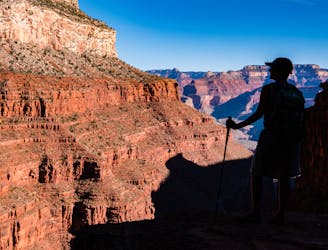
Edgy exposure makes this an adventurous trek.
Difficult Hiking
- Distance
- 7.9 km
- Ascent
- 567 m
- Descent
- 567 m

Experience living history on this challenging trek.
Hiking Difficult

“Over 250 people are rescued from the canyon each year. The difference between a great adventure in Grand Canyon and a trip to the hospital (or worse) is up to YOU.” This foreboding quote comes from the Grand Canyon website and is reiterated on dramatic signs throughout the park. Know your fitness and experience before embarking on any Grand Canyon adventure. In addition, choosing the appropriate time of year can make all the difference. Another important factor to consider is that canyon hikes start with long descents, which means that the return trip is always a long ascent.

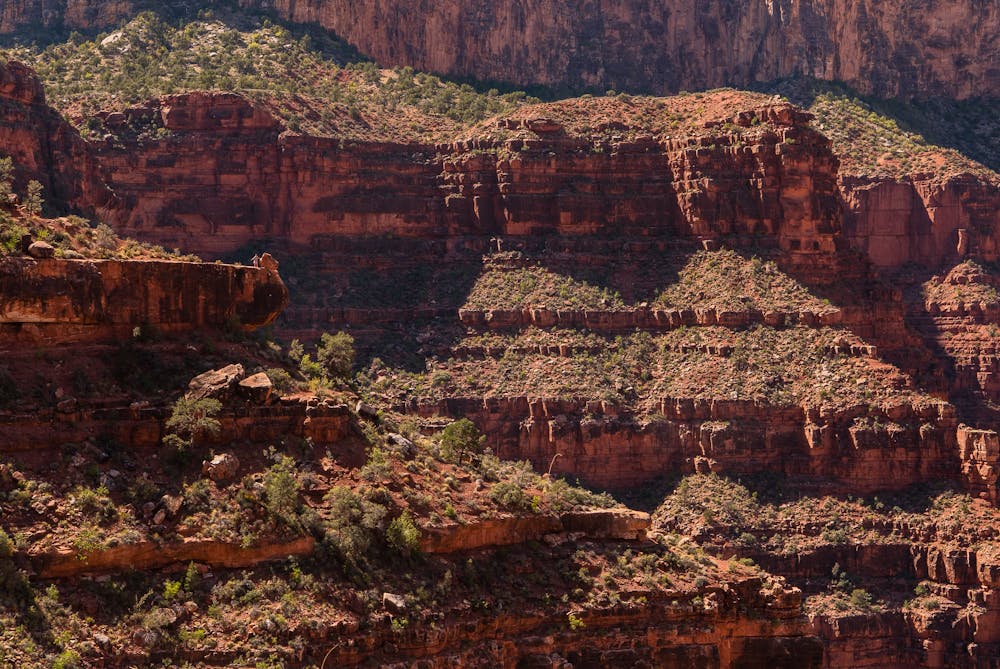

Carry PLENTY of water; even in October, it gets extremely hot in the canyon. Plan to catch the very first shuttle of the morning, which is at 6am. An advantage of starting early is witnessing early morning light in the Grand Canyon.
As Scott Thybony explains in his excellent guidebook, "Official Guide to Hiking Grand Canyon: Day Hiking and Backpacking South and North Rims," the Hermit Trail is a "Threshold Trail," which is the category between the well maintained, wide "Corridor Trails" and the very faint, almost non-existent "Primitive Trails." As such, it is much narrower than the well-known Bright Angel and South Kaibab Trails.
For experienced desert hikers, the Hermit Trail route is a beautiful choice. The trek begins at 6,420' and descends 1,720' over 3 miles to the turn-around about a mile after Santa Maria Spring. The Hermit Trail continues for nearly 6 miles, ultimately reaching the Colorado River. It can be done as a backpacking trip as well.
For a satisfying day hike, a great destination is the 2.5-mile stretch to Santa Maria Spring, and if feeling strong, another 1/2 mile to make a pleasant 6-mile out-and-back trek. For this option, be sure to continue on past the Waldron Trail junction at 1.5 miles.
The views on this hike are almost overwhelming when vast expanses of the Canyon open up. In addition to the views, the history of the Hermit Trail is fascinating!
The earliest use of Hermit Canyon was by the ancestral Puebloan people from AD 1050 to 1140. In 1896 prospectors began to improve the Native American trail. Because the other trails from the South Rim were controlled by the miners who charged a toll, the Santa Fe RR decided to build its own trail to allow its passengers to descend into the Canyon. The RR hired a crew, who completed the Hermit Trail in 1912. Though the Hermit Trail was known in the early 1900s as the finest on the South Rim, it has become a lesser-traveled and maintained trail now. Expect deep rock steps, rockslide areas, and tight switchbacks.
Access to the Hermit Trail is from the Hermits Rest trailhead. From March 1 to November 30, Hermits Rest Route shuttle bus provides transportation between the Village Route Transfer and Hermits Rest. For schedules and stops visit: go.nps.gov/gcshuttle . Private vehicles are only allowed between December 1 and February 28. Hermits Rest has water, snack bar, toilets, and a gift shop.
Sources: https://www.nps.gov/grca/planyourvisit/day-hiking.htm#CPJUMP1910241 https://www.nps.gov/grca/planyourvisit/upload/HermitTrail.pdf
Difficult
Hiking trails where obstacles such as rocks or roots are prevalent. Some obstacles can require care to step over or around. At times, the trail can be worn and eroded. The grade of the trail is generally quite steep, and can often lead to strenuous hiking.
0 m away

Edgy exposure makes this an adventurous trek.
Difficult Hiking
253 m away
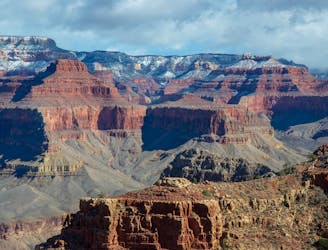
Day one of a spectacular route through the Grand Canyon.
Moderate Hiking
3.1 km away

Day two traverses the magnificent Tonto Platform as you make your way across the Canyon.
Moderate Hiking
3.1 km away
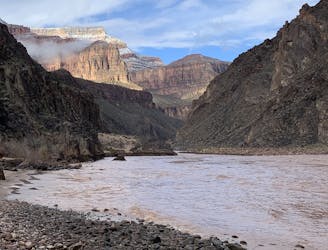
Side trip to one of the largest rapids in the Colorado River.
Easy Hiking
6 km away

Iconic trail from rim to river in the Grand Canyon.
Difficult Hiking
7.8 km away
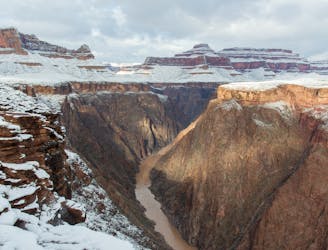
Must-do side trip to one of the finest spots in the Grand Canyon.
Easy Hiking
7.8 km away
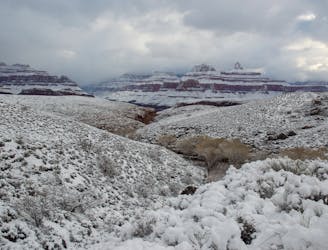
Day three traverses the famed Colorado River and heads up the North Kaibab Trail
Moderate Hiking
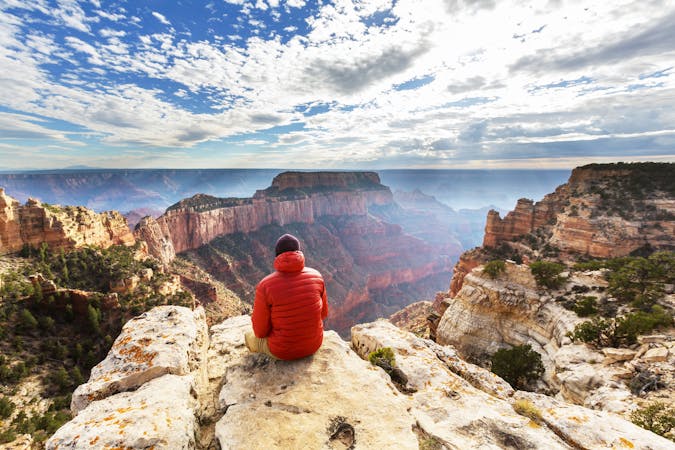
14 routes · Hiking
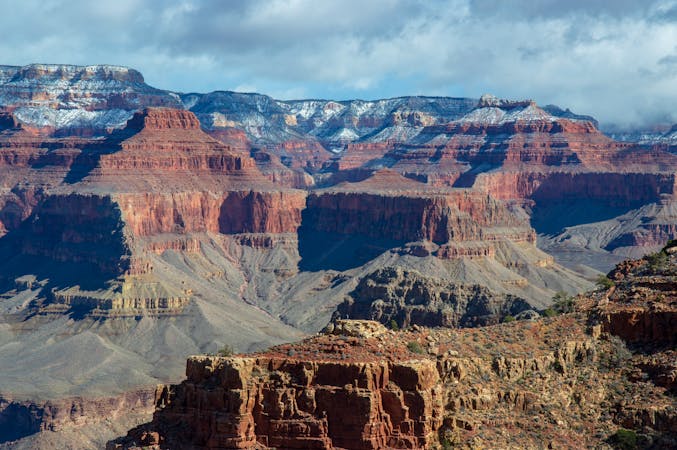
8 routes · Hiking
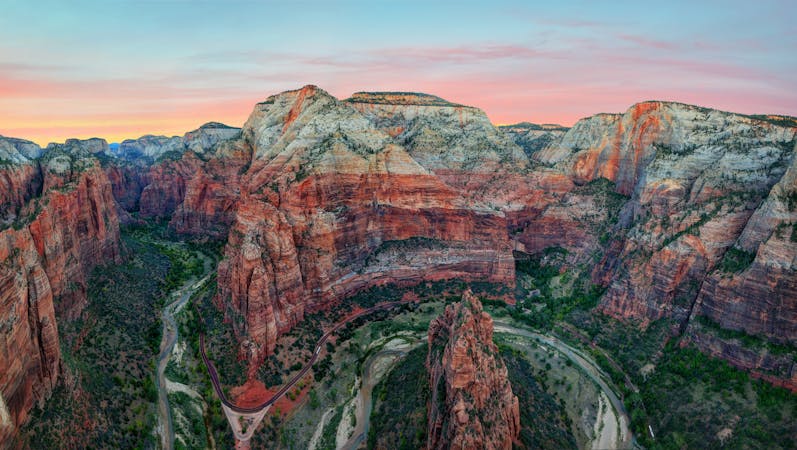
25 routes · Alpine Climbing · Hiking

10 routes · Hiking